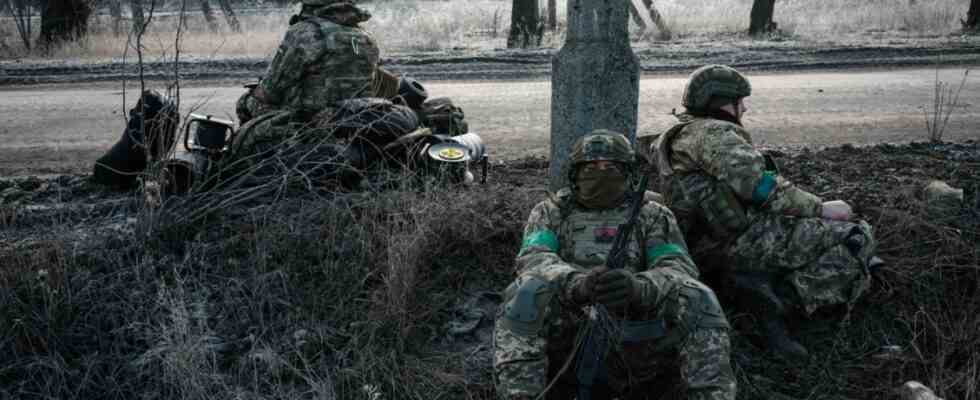As a counter-argument to arms deliveries to Ukraine, it is often said that these would only prolong the war. security experts Institute for the Study of War (ISW) in Washington, DC, now claim in an analysis the exact opposite. Accordingly, too late and too hesitant arms deliveries from the West would have even helped to prolong the conflict.
The Ukrainian army missed opportunities for counter-offensives, among other things because of too few armored vehicles, while the Russian armed forces were able to expand and strengthen their positions in the Donbass.
These are serious allegations. And although Germany is not named, the report may also be a reaction to German reluctance to supply Western main battle tanks to Ukraine. This was only decided last week after months of negotiations.
Kharkiv and Kherson were also liberated using the “Himars” missile systems
Analysis and criticism by the ISW must be taken seriously: The institute, based in the US capital, is an independent research institution that was founded in 2007 by historian Kimberly Kagan and has been providing detailed summaries, analyzes and reports from war zones ever since.
The ISW is financed, among other things, by the American armaments industry, which does not automatically mean that it has an influence: research in the USA is often heavily dependent on donations and both industry and state institutions such as the Ministry of Defense finance a whole range of civilian and military research institutions without determine their agenda.
The ISW now has the reputation of representing a tough foreign policy course, but is considered to be very reliable and is used as a source by many international media.
The Institute’s report on arms delays identifies three phases of the war in Ukraine so far: a Russian initiative from the start of the war in February to July 2022, when the cities of Sieverodonetsk and Lysychansk in the Donbass were captured by Russian forces, followed by the Ukrainian counter-offensive, which then culminated in a grueling trench warfare from November onwards.
According to this analysis, the Ukrainian recaptures near Kharkiv and Cherson in the autumn were directly related to the fact that the demand from Kyiv to the West to deliver weapon systems was quickly met. Thus, the Ukrainian counterattacks took place about two months after the delivery of the Himars-missile systems that allowed the Ukrainian armed forces to attack the supply routes of the Russian army from a distance. This eventually led to the collapse of the Russian front in several places.
According to the ISW, it was already clear in May that Ukraine would need Western weapons
According to the ISW, the fact that the main battle tanks requested by Ukraine at around the same time as the rocket launchers were not delivered to date would have limited the Ukrainian capabilities for continued large-scale offensives. According to the institute, the same should apply to the insufficient number of air defense systems and the lack of long-range missiles. After all, timing is an important factor in such counterattacks, and opportunities that arise could not always have been taken.
For example, after the recapture of Kherson, the Ukrainian army could only have advanced further at great risk. Probably also because of the lack of promises that lost equipment from the west would be replaced, the decision was made against further attacks. For its part, Russia used the time gained in this way to mobilize troops and fortify its positions in the occupied territories, which would now make counterattacks even more difficult.
According to the ISW, the development of the war became apparent: it was already clear in May that Ukraine would need Western weapons. On the one hand for counter-offensives, but also because the supply of Soviet equipment could not be maintained in the long term. According to the ISW, the necessary change from the old military equipment from Soviet times to Western equipment should have taken place by June at the latest. However, Ukraine may have missed the chance of a counter-offensive in winter, which may not be possible until summer.
Meanwhile, at the beginning of the week, the Russian army not only continued its attacks on the front in eastern Ukraine, but also continued to attack the civilian population across the country. Four or five people are said to have been killed and more than a dozen injured in attacks with artillery, rocket launchers and mortars near Cherson, Kharkiv, Zaporizhia and other regions. An end to the fighting is currently not in sight.

